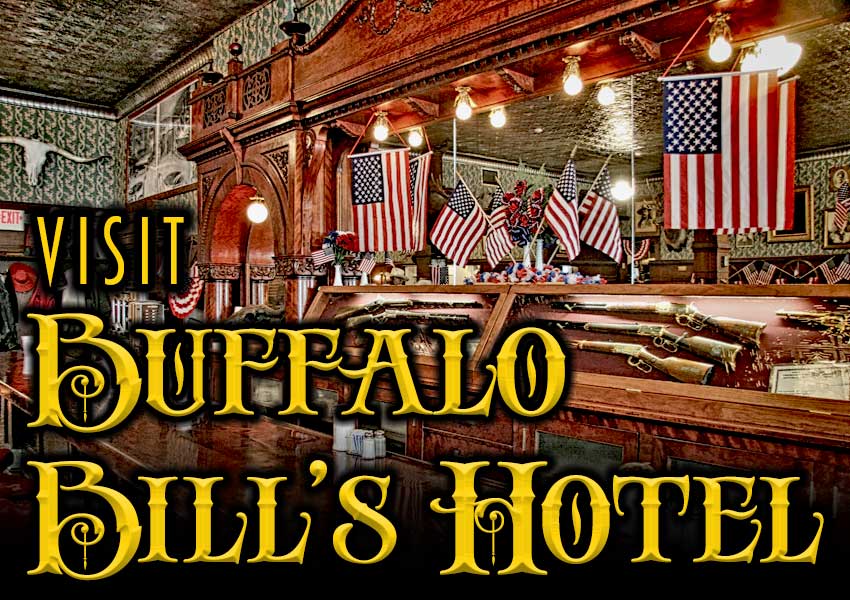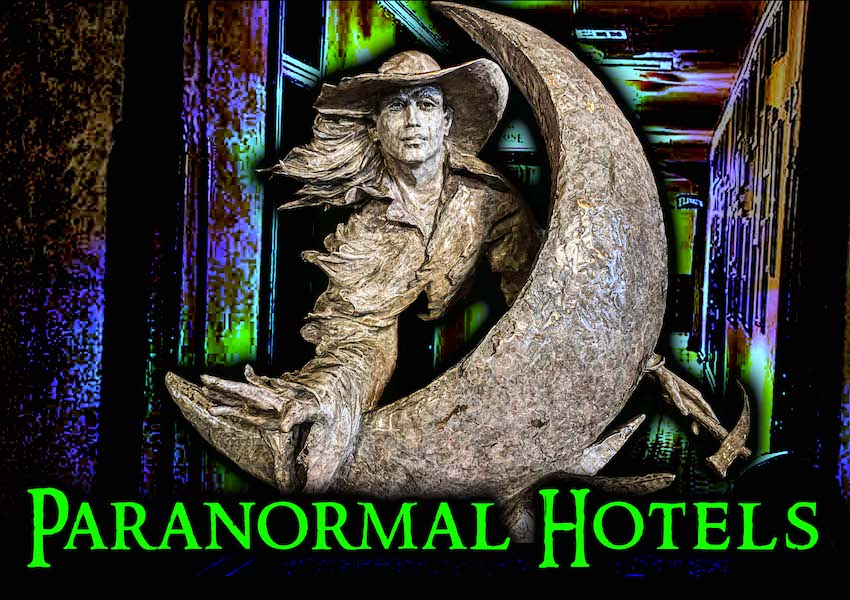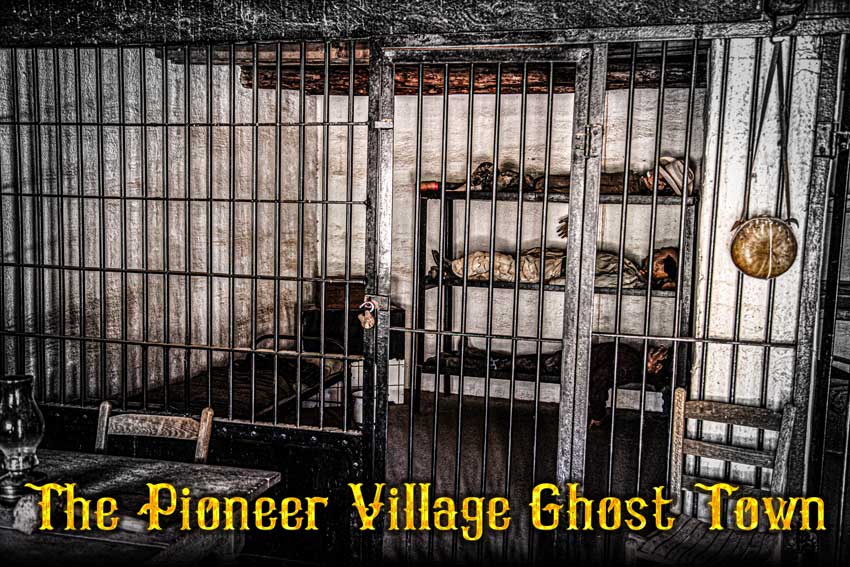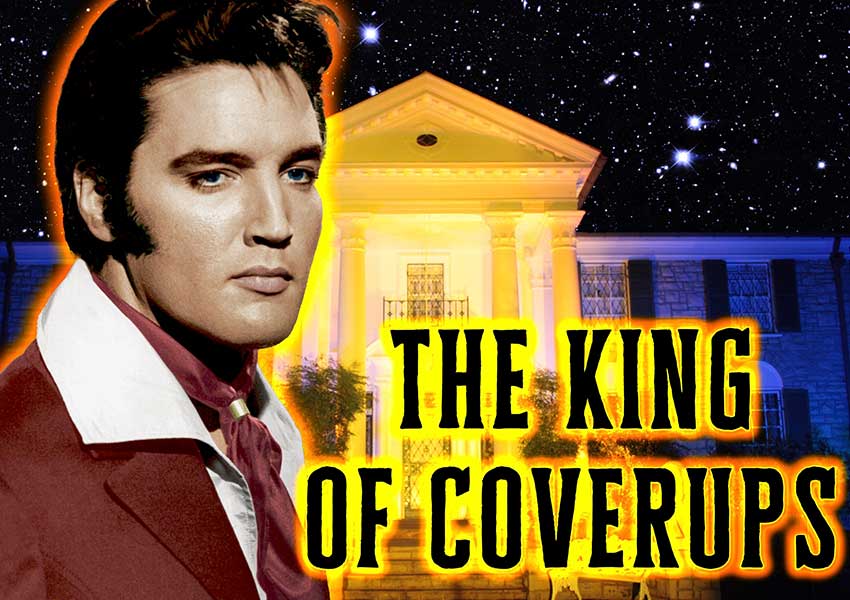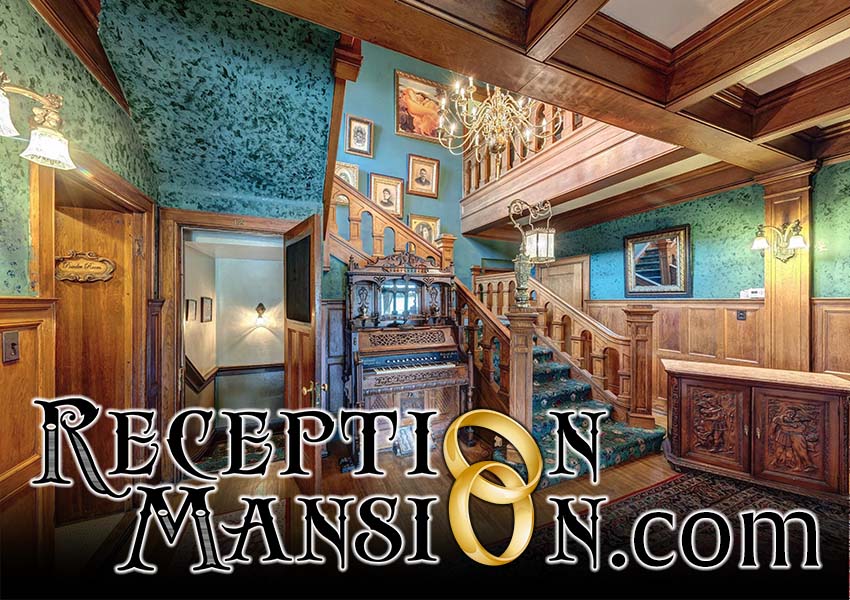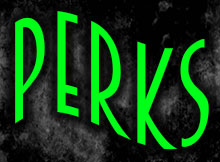Woodbury Connecticut
Glebe House
A courageous loyalist who paid dearly now savors his privacy and peace.
Spirits here have a grudge against the nosy, but are cordial with children.
Spirits are attached to the old grave stones, now used as stepping stones.
One non-human negative spirit formed by violence visits as well.
DESCRIPTION
The three story, wooden plank Glebe House has been described as a beautifully quaint, peaceful, simple Colonial structure. The word “Glebe” refers to a plot of land given to the Church of England for its sanctuary, the Parsonage, and perhaps a graveyard. While the present structure was built in 1750, two of its original rooms and its foundation date back to the 1650s, making it one of the oldest buildings in Woodbury. Apparently, the original structure was remodeled and updated in 1750. This Colonial home has an interesting, unusual blend of architectural styles that complement each other nicely. For example the visitor notices the combination of gambrel and saltbox roof styles, something not seen everyday.
Inside this charming, historical home, the visitor finds the decor much as it was in its first years as the parsonage for Woodbury’s first permanent Episcopal church family, Episcopal priest, Rev. John Marshal, his wife, Sarah and their nine children. Seabury Society for the Preservation of the Glebe House has done an excellent job in not only restoring and maintaining this house museum, but in furnishing it in historically correct ways.
There is no wasted space in this three story home.

The first floor has all the common living areas as needed for its 17th and 18th century residents. One of the common rooms in the Glebe House was the “waking/funeral room”, where coffins of the departed lay in state for visitation and for the celebration services as well.
The second floor has family bedrooms, which could accommodate large broods of children, and their parents.
There is a wickedly steep, treacherous back staircase leading up to the third floor/attic area, where the family slaves lived. This was the worst area of this house, but thought good enough for slaves, despite the dangerous staircase, and hot living environment. Care has always had to be taken not to fall down the staircase, as a person would surely break his or her neck!
Glebe House also has a large grassy garden area, called The Jekyll Gardens, originally planned in 1926, by well-known English horticultural designer and writer Gertrude Jekyll. Hired by the museum founders to design a 600 square foot garden of vegetation and flowers, her plans weren’t implemented until the 1970s. Perhaps it was lack of money, or that people were once buried here, which is possible, as the graveyard and church are right across the road. Today, 20 mostly blank headstones are used as stepping stones around the perimeter of this botanical garden. Uh Oh!
Activities are scheduled at the Glebe House Museum throughout the year, some of which are listed below:
June 24th – Historic Garden Day
June 25-July 27 – Summer Experience
July 14 – Jekyll in July-Wine & Roses
September 16 – Colonial Fair & Muster Day
October 20 – All Hollow’s Eve – RAINDATE October 27
November 30 – Holiday Party
December 1 – Christmas Festival

HISTORY
Traditionally, the property has served the Episcopal clergy on and off through the years, as it is directly across the road from Saint Paul’s Episcopal Church and graveyard, which has been present from the very founding of Woodbury in colonial times. Rev. John Marshall moved his family to Woodbury in 1771 to be the community’s first permanent Church of England pastor, serving at Paul Episcopal Church. He, his wife, Sarah, and their nine children lived in the Glebe House from 1771 – 1786. He was loved and respected by the people. The Marshall family settled down to a simple, pious, and peaceful life, until 1775, when war erupted. The worst in people comes out with a vengeance in times of war.
During the Revolutionary War, the community of Woodbury was “especially zealous in its devotion to the cause” of freedom from England. Passions ran high, and those who were perceived to be on the Tory side, known as Loyalists, weren’t treated well. Unlike other English Episcopal ministers who fled to safer grounds in Canada, Reverend Marshall chose to stay in his community, out of duty to the Lord and the people in his congregation, despite being staunchly in support of the King and England. Marshall was put under house arrest, but was granted one day of amnesty, on Sunday. He was allowed to go to the church, preach and say anything he wanted, and return home. He always said, “Pray for the King and England” in his sermons. He felt his first sacred obligation and duty was to God and to England. He continued with his unpopular prayer, despite the consequences. His family was a strong support and encouragement for him. He stayed strong and unwavering.

He paid dearly for his courage and beliefs. During the week, “inspectors” would drag him out of his home, beat him up, and trash his house, subjecting the Marshall family to terror and torment. He found a way to survive, by making a secret space under the main stairs, built halfway into the ground. The doorway was hidden behind a false back of the hutch, covered with a panel of wood. It could be accessed quickly in times of invasion. Also, right behind and below this hiding space was an entrance to a tunnel, that may have led to his friend’s house (fellow Loyalist, Jebez Beacon, the richest man in town). It wasn’t until 1925 that the secret space and tunnel were discovered by people from the Seabury Society for the Preservation of Glebe House, who were restoring the home.
Sometimes he left his home during the week, chancing severe beatings if caught by his tormentors. Rev. Marshall was caught and beaten several times, causing dire health issues for him. Thankfully when the Revolutionary War was won, and the newly independent United States of America was secure, the abuse and persecution stopped. At the Glebe House, a group of Episcopalians met secretly, probably by crawling through the underground tunnel. They embraced their new country, while upholding their spiritual heritage. This courageous group of Episcopalians even elected the Reverend Dr. Samuel Seabury the first American Bishop in the United States, trusting that the separation of church and state and religious tolerance found in the new constitution would be upheld and followed.
In the late 1700s, the parsonage was probably moved to a newer structure, as the Glebe House was sold to Gideon Botsford and his large family. The Botsford family owned the house until the mid 19th century. It once more became church property in 1892, when three Episcopal clergy bought it as a gift for their Bishop, John Williams.
After Mr. Williams, several other owners lived here, but none of them had the money to repair it, let alone restore it. By 1920, the Glebe House faced the old wrecking ball, but was saved from destruction by William Henry Kent, from New York City’s Metropolitan Museum of Art, who orchestrated the founding of The Seabury Society for the preservation of the Glebe House. His organization raised funds to buy it, and it has operated as a museum since 1923, and has been going strong ever since, its funding secure, thanks to great planning by the Society.

HISTORY OF MANIFESTATIONS
Possible explanations for the presence of spirits:
The historical restoration of structures often acts as an environmental trigger that encourages entities to cross the veil and enjoy the property.
Structures located near graveyards, and which have had coffin viewing rooms or funeral services, sometimes have spirits visiting.
Spirits sometimes choose to stay where they have endured hardship/hard times/abuse as a consequence of standing up for a cause.
Unfortunately, Rev. John Marshall eventually died from the injuries he suffered in his beatings, passing in his 40s.
People who have had to hide to stay alive, sometimes continue to do so as they relive this part of their lives in the afterlife.
Rev. Marshall escaped much physical abuse by hiding in his secret room.
People who have been denied a peaceful existence sometimes like to enjoy their homes or special place in their afterlife.
A slave’s life was hard, even when owned by nice folks. They often had to live in quarters not deemed suitable for their owners, as well as having a huge chore chart as well. Sometimes accidents happened, or they died early from disease, abuse or their hard life.
Unfortunately, Rev. John Marshall eventually died of his injuries suffered in these beatings, passing in his mid 40s.
The family of Rev. John Marshal had to suffer through terror and torment of the abuse by former friends and neighbors, plus witnessing the suffering of their father/husband, Rev. John as well.
Spirits can become angry and confused when their graves/grave stones are disrespected.
The use of headstones as stepping stones, whether or not they have been worn blank by the elements that were so worn by the elements that they are blank, adds insult to the fact that the people once linked to these stones have been forgotten, their resting places no longer marked.
Sometimes spirits, who wish only to enjoy the memories of their favorite place, resent deeply the living who invade their privacy, especially paranormal investigators, who pester them with their equipment, their annoying questions and their cameras.
In structures or areas where dastardly violence, abuse, neglect or actual dark arts have taken place, not only are angry spirits still there, but the negative energy that lingers attracts other negative entities, some of whom are aggressive, or even demonic.

MANIFESTATIONS
It seems that spirits from the graveyard, spirits who are attached to the grave stones turned stepping stones for the garden, as well as the spirits of owners and former residents of this historic Colonial home, like to visit and perhaps stay, remembering. One non-human spirit, or just an aggressive, negative entity, also visits, it seems.
Some of them don’t like paranormal investigators, while others are more cordial, especially to children.
The Entity of a Black Woman
Thought possibly to be a slave at some point.
Her unseen presence was felt on the third floor, and she was caught on recorders, with two intelligent comments to statements by investigators.
An investigator psychically felt the presence of an angry, annoyed black woman, who perhaps was being protective of the in-house spirits’ privacy!
A Girl Scout leader, who was on a tour with her troop of 7 year old girls, inadvertently took a picture of a smiling black woman, on the first floor, enjoying the visit of the little girls.
A Male Entity
An older man with white hair, and two women in long dresses, party attire.
Personal experience of an investigator: In a dream, right after the investigation of the Glebe House:
He was in the Glebe House, facing an angry male spirit with white hair, choosing to appear as a decomposing body, who was silently yelling at him, mad that the investigator had come in with cameras and recorders. When the spirit moved to attack him, the investigator spoke up and forbid him to do so, which made the spirit even more furious. In the back of the room, the investigator saw two women rushing around, preparing for a big social event, oblivious to all that was going on around them.
A nasty, aggressive spirit in the attic
Perhaps one of Rev. Marshall’s attackers, who could’ve been the one to deliver the blows that eventually killed him. Or a negative, angry entity from the graveyard or grave stones. Or, it could be a non-human entity, attracted to all the negative residual energy.
One investigator caught what researcher Donna Kent describes as a non-human voice on the recorder, threatening to go home with Donna Kent, which backs up Donna’s distressing personal experiences with a nasty entity in her car and home. Yikes!
Visiting spirits; Outside and on the first floor
Many different types of orbs were caught on camera.
STILL HAUNTED?
Most Probably So, though it would be nice to see other hard evidence from both scientific and psychic investigations from other paranormal groups and gifted individuals to back up people’s personal experiences.
The Cosmic Society, Donna Kent, and the Girl Scout Leader did capture hard evidence that backs up psychic feelings, impressions, and personal experiences. Considering the great restoration efforts, the amount of history attached to this building, and the nastiness of some aspects of the Revolutionary War, it isn’t surprising at all that spirits have gravitated to this building. The EVPs caught here are truly revealing evidence, that some spirits call the Glebe Museum their home.

Cosmic Society investigated with Donna Kent, as they have done many times before, with other haunted places, like the Curtis Inn, also in Woodbury.
They have caught many multicolored, opaque and translucent orbs, on the first floor, and outside as well.
A participant in a ghost tour caught a photo of a black woman, smiling.
Unseen presences have been felt on the second floor, by witnesses watching the investigation.
Another investigator felt headaches and nausea on the second floor, which indicates to her the presence of a host of strong spirits.
Several reassuring, friendly EVPs have been caught on the second floor.
Donna and Brian’s personal experiences: something followed Donna home – and caused some havoc before they did some prayer and salt rituals. Check out Donna Kent’s book, Ghost Stories And Legends of Southwestern Connecticut.
Cosmic Society captured EVP evidence of a negative/possibly demonic voice in the attic, at the end of the investigation. The recorder had been turned off by crew, but it turned back on by itself, to record, “I’ll get in!” This referred to the owner of the voice getting into Donna’s car and consequently causing an accident, and trouble, in her home.

LOCATION
49 Hollow Road
Woodbury, CT 06798
(203) 263-285
From I-84 take exit 15 and turn east on Route 6. Travel 5 miles to Woodbury and turn left onto route 317 at the stop light. After less than 1/4 mile the road forks — bear left. At the stop sign the Glebe House is across the street.

SOURCES INCLUDE
- theglebehouse.org/index.html
- GHOST Stories and legends of Southwestern Ct.
by Donna Kent, Haunted America – 2009
Our Haunted Paranormal Stories are Written by Julie Carr
Our Photos are copyrighted by Tom Carr








